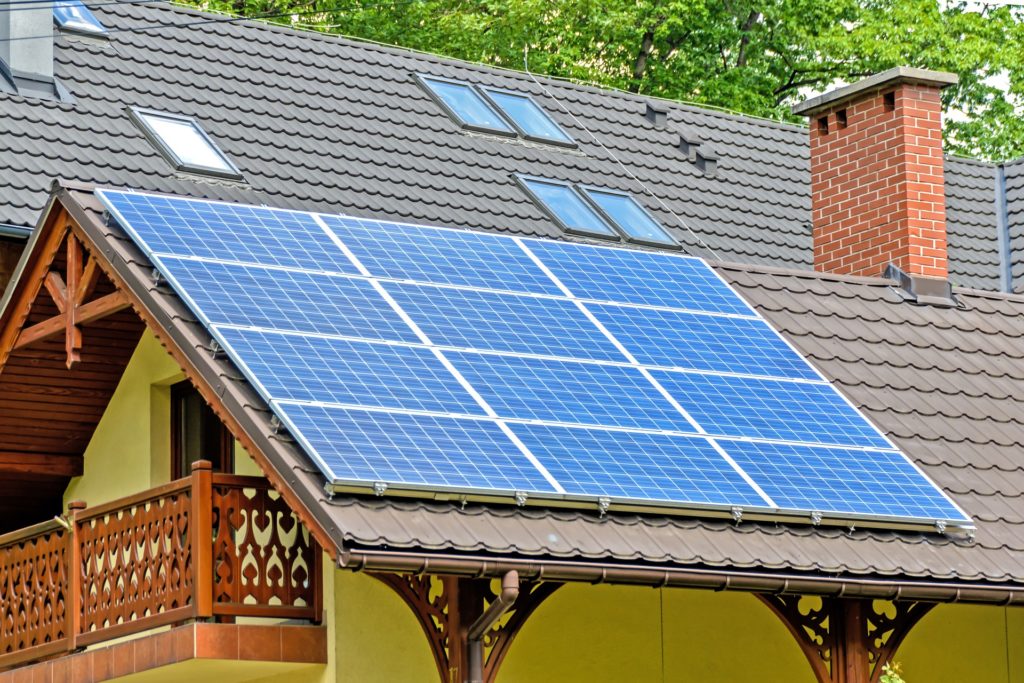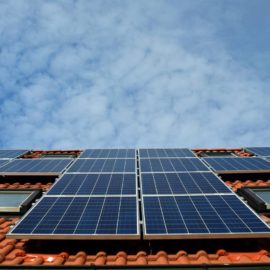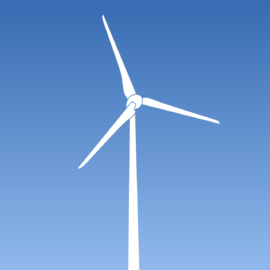
Midway through Hurricane Ida the power went out as the cables to the West Bank were severed. The city went black. The only sources of klight were those with solar panels and batteries. Bob Marshall was thinking of this and the paper had an article on homeowners who were able to help their neighbors.
Hurricane Ida had me thinking about steps Louisiana and other coastal communities should take now that it is clear climate change has pushed us into an era of more big storms. And I couldn’t shake the idea of polders. No, not the flood-control polders designed to prevent the entire city or region from drowning during storm surge by using levees to divide it into sections. Instead, I’m thinking of power polders — using rooftop solar and community battery storage to provide power when the miles of poles and lines needed to bring electricity from generating stations get knocked down, as they always will during storms. Instead of waiting the weeks or even months for the power needed to restart our economic and personal lives, could we have a standby system based on readily available, stored solar?
nola.com
What an idea! It would help but it would involve the city as well as home owners. But it costs. The battery alone is close to the cost of the panels.
No sooner had that idea began slowly taking shape in this old brain than my colleague Halle Parker reported there was on-the-ground proof this not only could work — but was already happening with this headline: Rooftop solar systems survived Hurricane Ida; in blackout some powered neighbors, too. Turns out solar panels not only survived Ida (indeed, it looks like they protected roof shingles) and kept owners in the cool while neighbors sweltered, solar power stored in batteries allowed owners to share the comfort.
We expected to lose power, but for weeks? What about flooding that was the usual nemesis?
Indeed, many were surprised that Ida’s biggest impact was that loss of power. After Katrina’s killing flood, we had good reason to focus on storm surge, and Ida showed that our new levee system can stand up to a Cat 4 storm (at least one that approaches from the same direction, with the same wind and surge and against levees at their current heights). Ida reminded us hurricanes also come with damaging and killing winds and the bigger the storm the greater the destruction. And now we know the emission-caused warming of Gulf waters will continue to lead to Ida-sized storms with higher winds. But losing power even for days in this climate isn’t just a sweaty inconvenience, it’s a public health and economic disaster.
Yes, the hurricane cost us. Just look at the garbage pickups that did not come. The schools and businesses being closed. The lack of gas.
We know more than a dozen our of neighbors died from effects of excessive heat, and thousands of businesses of all sizes had to shut down, throwing tens of thousands of out of work and requiring millions in emergency taxpayer-funded relief payments. Some businesses are pondering if they can remain in an area that suffers frequent, long power outages. We also know these truths about the power challenge in this new normal: levees and floodwalls can’t stop the wind, our swampy, sinking landscape means burying power lines won’t work and we likely will be living here for another four or five decades even if the world slowly loses its battle against climate-induced accelerated sea level rise. All of which makes backup solar systems for neighborhoods seem like the right approach. It’s storm proof, and it won’t add to the emissions that have led to this increased threat. Finally, it’s a lot cheaper than the continued costs in incomes, taxes and lives of staying with the current system.
Who do we start to talk to? What city agency? It is something we should consider.



